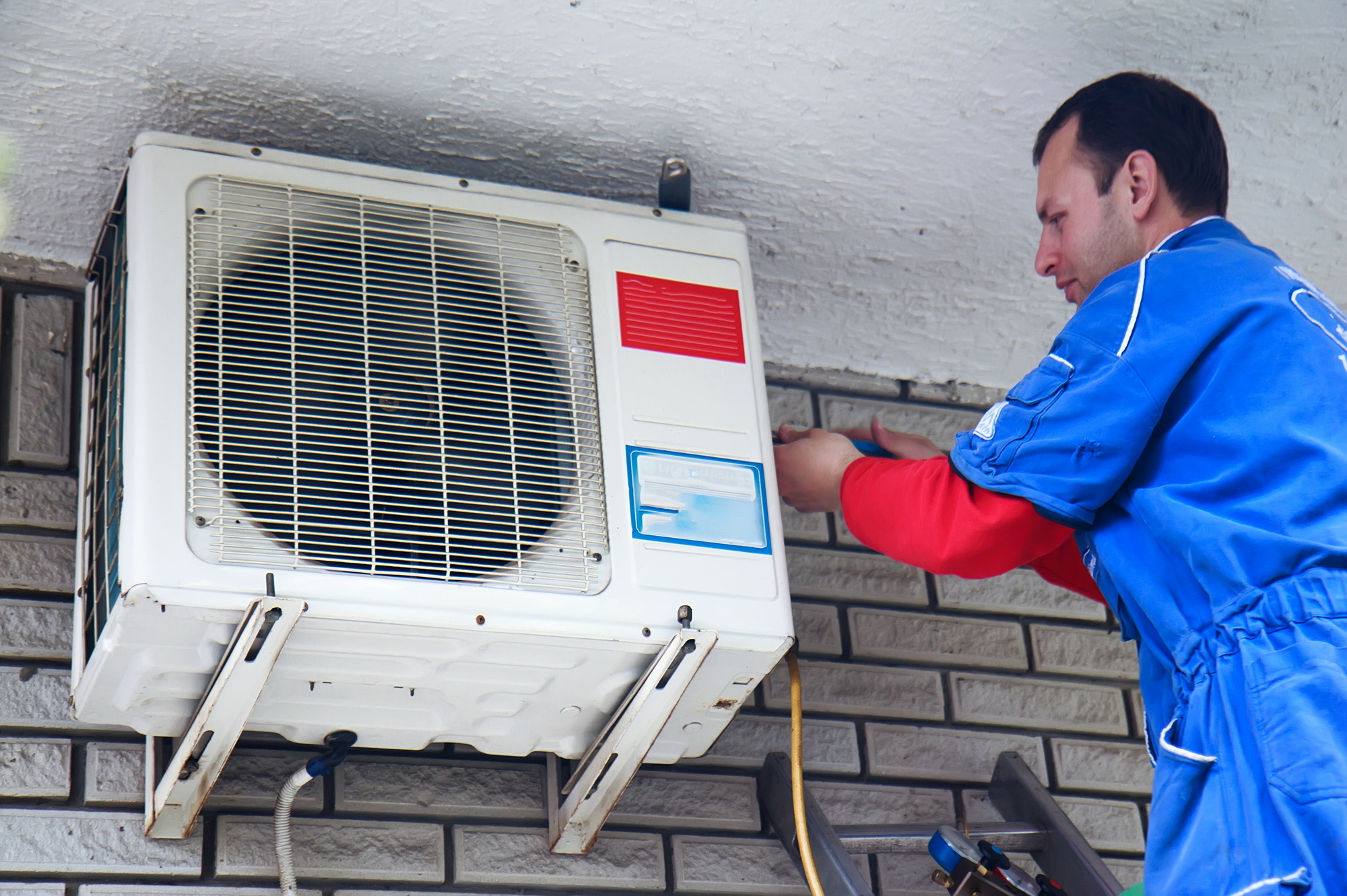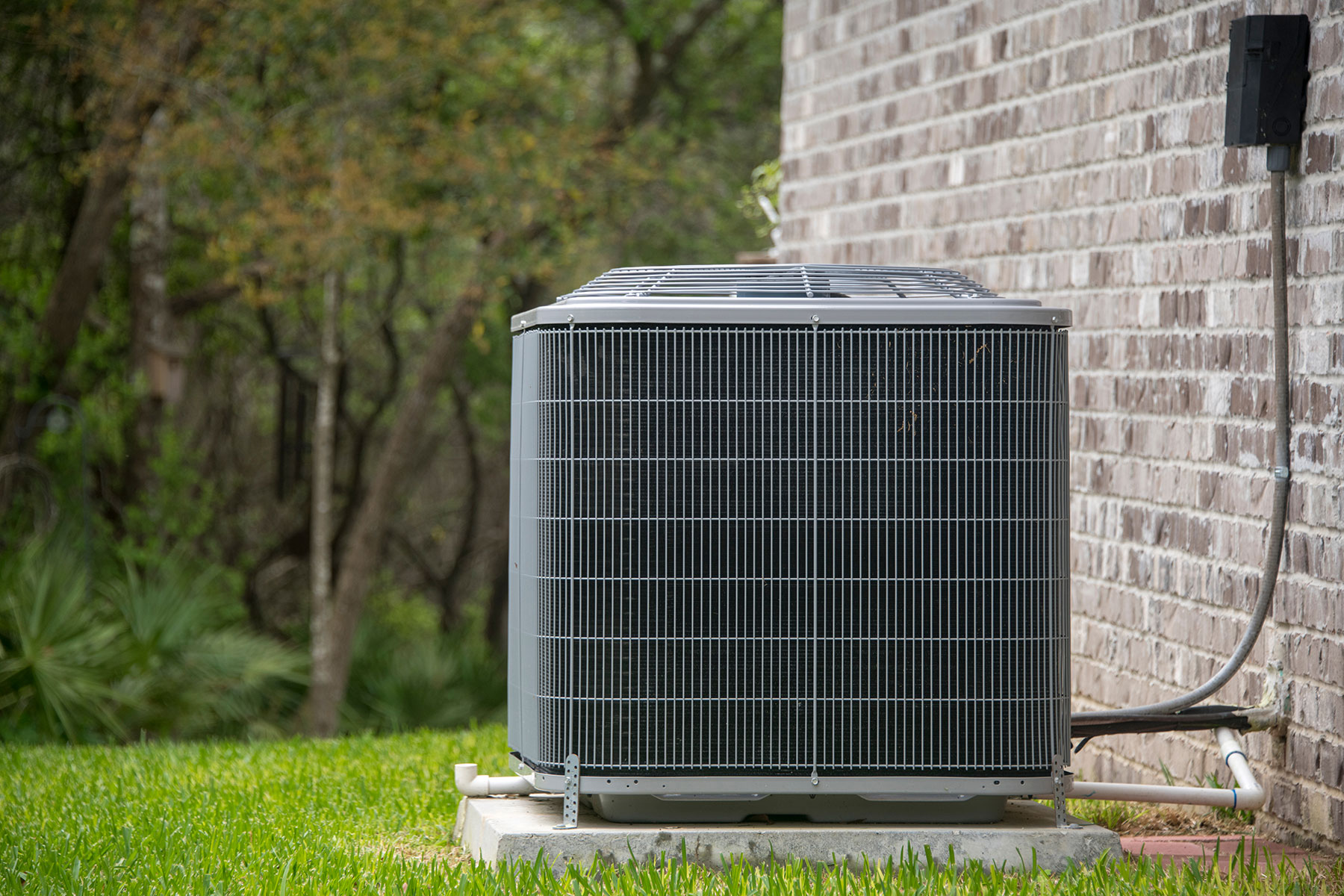Considering the intricacies of cooling down old houses, cooling setup for historical homes positions peculiar situations.
How can you maintain the honesty of duration residential or commercial properties while making certain superior indoor comfort?
Unwind the enigmatic interplay between modern-day cooling benefits and timeless architectural treasures in the adhering to discussion.
Secret Takeaways

- Preserve historic beauty with ideal materials and experienced assistance.
- Update electric systems for contemporary a/c compatibility and safety and security.
- Discover small air conditioning options like mini-split or high-velocity systems.
- Improve energy performance through insulation, wise thermostats, and maintenance.
Historical Considerations
When thinking about the setup of air conditioning in a historic home, it's important to understand the special historical elements of the residential property. Repair obstacles commonly occur when trying to mix modern-day convenience with maintaining the historical integrity of the home. The building impact of setting up air conditioning need to be thoroughly assessed to see to it that the system doesn't diminish the home's initial layout.
Maintaining the historic charm of a home while upgrading its features can be a delicate balance. Reconstruction challenges may consist of finding ways to hide ductwork, locating discreet areas for the outdoor unit, or adapting the system to fit within the existing architectural constraints. It's necessary to collaborate with experts experienced in historical home remodellings to browse these obstacles effectively.
The building impact of adding a/c can be significant. Careful factor to consider has to be offered to exactly how vents, thermostats, and various other elements will certainly mix with the home's visual. Seeing to it that the installation does not compromise the historic honesty of the residential property is vital when embarking on such a project in a historic home.
Examining Electric Solutions
To assure a successful installment of a/c in a historic home, evaluating the compatibility and capability of the existing electrical systems is essential. Before proceeding with the setup, it is necessary to assess whether the electrical system can deal with the extra lots that the cooling device will certainly present. In many cases, upgrading the voltage of the electric system may be essential to make certain it can power the brand-new cooling system efficiently.
System compatibility is one more essential factor to evaluate when assessing the electrical setup of a historical home. Older electric systems might not work with modern a/c units, which might cause breakdowns and even present safety dangers. Ensuring that the electrical system works with the new cooling tools will assist prevent any kind of possible issues down the line.
Room Restrictions and Ductwork Options
When taking care of limited room in your historic home, you might wish to explore ductless mini-split systems or high-velocity cooling and heating systems as viable choices. These systems can offer effective cooling without the need for extensive ductwork, making them appropriate for older residential properties with area constraints.
Ductless Mini-Split Systems
Thinking about space restrictions and different ductwork options, ductless mini-split systems offer a versatile remedy for air conditioning installment in historical homes. These systems offer significant power cost savings compared to conventional cooling and heating arrangements, as they enable zoning, suggesting you can cool particular locations only when required.
The layout adaptability of ductless mini-split systems is also advantageous for historical homes, where maintaining the original aesthetics is necessary. Without ductwork required, installment is less intrusive, making it a recommended option for older homes with restricted area or where preserving architectural stability is a top priority. https://tootingacinstallation.co.uk
Ductless mini-split systems are effective, adjustable, and mix perfectly right into historic interiors, offering a functional and energy-efficient cooling service.
High-Velocity Cooling And Heating Solutions

High-Velocity HVAC systems give a portable and efficient air conditioning remedy for historical homes with restricted space and details ductwork needs. When thinking about these systems for your historic home, right here are four key points to remember:
- Mini duct systems: High-Velocity a/c systems make use of tiny ducts that are much smaller in size compared to conventional ductwork, making them perfect for homes with room restraints.
- Portable layout: The compact design of these systems enables easier installment in older homes where room is restricted.
- Effective cooling: Regardless of their tiny size, high-velocity systems are capable of offering reliable air conditioning throughout your historic home.
- Versatile installment: These systems supply different ductwork options, such as versatile tubes, which can be transmitted through existing walls without major renovations.
Power Effectiveness Solutions
To boost the power performance of your historic home, consider upgrading the insulation and incorporating a smart thermostat. These remedies can help control interior temperature levels successfully and decrease power intake, making certain an extra sustainable and cost-effective cooling system for your distinct residential or commercial property.
Make these upgrades component of your cooling installation strategy to maximize convenience while lessening ecological influence.
Insulation Upgrades
Upgrading the insulation in your historic home can significantly boost its energy performance and total comfort while preserving its unique character and beauty. Consider these key strategies for insulation upgrades:
- Assess Window Treatments: Setting up energy-efficient window treatments like protected drapes or blinds can assist minimize warmth transfer and enhance the general performance of your home.
- Boost Roofing System Insulation: Updating roof insulation is crucial for far better temperature law within your historical home, aiding to keep it cool down in the summer season and warm in the winter.
- Seal Gaps and Cracks: Identifying and sealing spaces and cracks in your home's walls, floorings, and ceilings can prevent air leakage and boost insulation effectiveness.
- Think About Attic Insulation: Effectively insulating your attic can considerably minimize warm loss and improve the total power performance of your home.
Smart Thermostat Combination
Thinking about the energy-saving benefits of insulation upgrades in your historical home, integrating a wise thermostat can additionally boost your energy performance solutions.
Smart thermostats use specific control over your home's temperature settings, bring about substantial power financial savings. By maximizing heating and cooling down timetables based on your choices and day-to-day routines, you can reduce power waste and lower energy costs.
In addition, smart thermostats provide remote gain access to, permitting you to change the temperature settings from anywhere using your mobile phone or computer. This function allows you to make sure your home is successfully heated or cooled also when you're away, taking full advantage of convenience while reducing power consumption.
Embracing smart thermostat technology is a useful action in the direction of enhancing the power efficiency of your historical home.
Preservation Techniques for Air Vents
Preserving the stability of historic air vents is necessary throughout the setup of cooling systems in older homes. When it pertains to keeping the building authenticity of your historical building while updating its convenience, think about the complying with conservation techniques for air vents:
- Restoration Techniques: Implement cautious repair techniques to maintain the initial layout and product of the air vents, guaranteeing they mix flawlessly with the historical appearances of your home.
- Consult Professionals: Consult from specialists experienced in historic conservation to guide you on the very best practices for keeping the air vents' architectural integrity.
- Custom Solutions: Discover custom options that deal with the unique attributes of your historical air vents, allowing for modern upgrades without endangering their original charm.
- Period-Appropriate Products: Choose period-appropriate products when repairing or changing air vents, ensuring they align with the historic era of your home's design.
Specialist Tips for Successful Installment
When setting up cooling in historical homes, ensuring effective installation requires complying with expert pointers for a seamless integration with your home's one-of-a-kind attributes.
Begin by very carefully examining guarantee coverage supplied by various HVAC business to shield your financial investment in situation of breakdowns. Acquire all necessary authorization needs from neighborhood authorities prior to commencing any type of setup work to prevent legal issues down the line.
Budget plan planning is vital; see to it to represent any type of unpredicted costs that may occur during the installation process. Additionally, develop maintenance timetables from the outset to keep your brand-new system running successfully for many years ahead.
Often Asked Inquiries
Can A/c Be Set Up in a Historic Home Without Compromising Its Historic Stability?
Yes, you can install a/c in a historic home without endangering its historical honesty. Conservation methods can be utilized to perfectly integrate modern cooling systems while keeping the home's original charm.
By strategically putting ductwork and devices hidden, you can guarantee that the historic features remain popular.
It's feasible to take pleasure in the conveniences of cooling in a historical home without compromising its special character.
Are There Unique Considerations to Remember When Putting Up Air Conditioning in a Historic Home With Outdated Electrical Systems?
When upgrading circuitry in a historic home with obsolete electric systems, unique factors to consider are essential. Preservation methods must be made use of to maintain the historic integrity of the building.
It is very important to deal with professionals that understand the fragile balance between modern conveniences and maintaining the home's special personality.
Exactly How Can Ductwork Be Discreetly Set Up in a Historic Home With Limited Room?
When handling minimal room in a historical home, you'll need to contemplate very discreet design and space-saving solutions for mounting ductwork. To maintain historic preservation while delighting in modern-day convenience, discover imaginative means to tuck air ducts away without jeopardizing the home's visual appeals.
Consider slim air duct alternatives or ponder making use of existing dental caries for air duct placement. By mixing functionality with nuance, you can assure a smooth assimilation of a/c in your historic home.
What Are Some Energy-Efficient Choices for Air Conditioning in Historic Homes?
When trying to find energy-efficient options for cooling in historical homes, consider making use of energy-efficient zoning and mini split systems. Energy-efficient zoning assists regulate temperature levels in different zones of your home, conserving power.
Mini split systems are an excellent choice for older homes with restricted room, providing both cooling down and warming features. By going with these remedies, you can maintain your historical home comfy without compromising on power performance.
Are There Specific Preservation Strategies That Should Be Used for Historic Air Vents During Setup?
When mounting cooling in historical homes, conservation techniques play a critical function. It is very important to see to it that the existing air vents are thoroughly integrated into the new system to keep the historic aesthetic of the home.
Final thought
When setting up a/c in historical homes, it is necessary to ponder the unique difficulties such as preserving the home's historic stability, examining electric systems, and working within space restraints.
By meticulously planning and making use of energy-efficient options, you can efficiently mount a/c without jeopardizing the personality of your historical home.

Remember to seek advice from specialists for guidance and assurance appropriate conservation strategies for air vents to maintain the elegance and capability of your home.
